
Brown Web of Debt The Shocking Truth about our Money System (3rd ed)
.pdf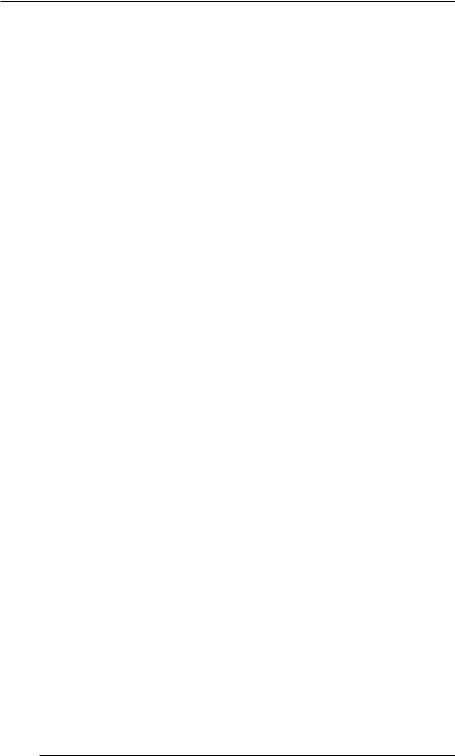
Chapter 17 - Wright Patman Exposes the Money Machine
The Magical Multiplying Reserves
The shell game devised by the seventeenth century goldsmiths is now called “fractional reserve” banking. The fraction of a bank’s outstanding loans that must be held in “reserve” is called the “reserve requirement,” and it is set by the Fed. The website of the Federal Reserve Bank of New York (FRBNY) explains:
Reserve requirements . . . are computed as percentages of deposits that banks must hold as vault cash or on deposit at a Federal Reserve Bank. . . . As of December 2006, the reserve requirement was 10% on transaction deposits, and there were zero reserves required for time deposits. . . . If the reserve requirement is 10%, for example, a bank that receives a $100 deposit may lend out $90 of that deposit. If the borrower then writes a check to someone who deposits the $90, the bank receiving that deposit can lend out $81. As the process continues, the banking system can expand the initial deposit of $100 into a maximum of $1,000 of money ($100+$90+81+ $72.90+ . . . =$1,000).13
It sounds reasonable enough, but let’s have a closer look. First, some definitions: a time deposit is a bank deposit that cannot be withdrawn before a date specified at the time of deposit. Transaction deposit is a term used by the Federal Reserve for “checkable” deposits (deposits on which checks can be drawn) and other accounts that can be used directly as cash without withdrawal limits or restrictions. Transaction deposits are also called demand deposits: they can be withdrawn on demand at any time without notice. All checking accounts are demand deposits. Some savings accounts require funds to be kept on deposit for a minimum length of time, but most savings accounts also permit unlimited access to funds.14 As long as enough money is kept in “reserve” to satisfy depositors who come for their money, “transaction deposits” can be lent many times over. The 90 percent the bank lends is redeposited, and 90 percent of that is relent, in a process that repeats about 20 times, until the $100 becomes $1,000.
But wait! These funds belong to the depositors and must remain available at all times for their own use. How can the money be available to the depositor and lent out at the same time? Obviously, it can’t. The money is basically counterfeited in the form of loans. The 10 percent reserve requirement harkens back to the seventeenth century goldsmiths, who found through trial and error that depositors
166
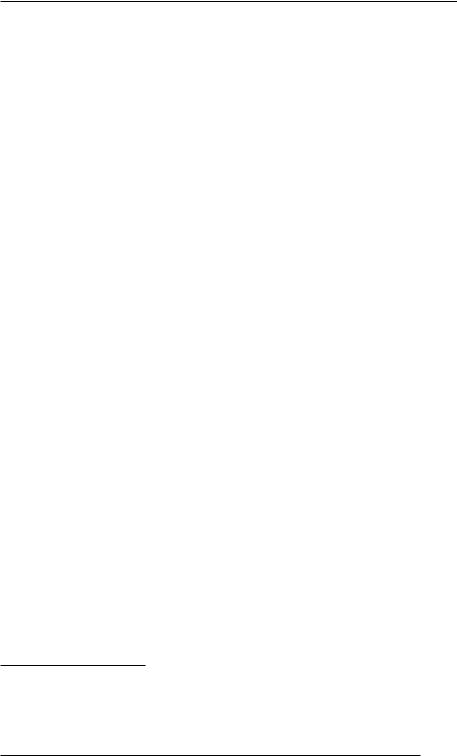
Web of Debt
collectively would not come for more than about 10 percent of their money at one time. The money could therefore be lent 9 times over without anyone being the wiser. Today the scheme gets obscured because many banks are involved, but the collective result is the same: when the banks receive $1 million in deposits, they can “lend” not just $900,000 (90 percent of $1 million) but $9 million in computergenerated funds. As we’ll see shortly, “reserves” are being phased out, so the multiple is actually higher than that; but to keep it simple, we’ll use that figure. Consider this hypothetical case:
You live in a small town with only one bank. You sell your house for $100,000 and deposit the money into your checking account at the bank. The bank then advances 90 percent of this sum, or $90,000, to Miss White to buy a house from Mr. Black. The bank proceeds to collect from Miss White both the interest and the principal on this loan. Assume the prevailing interest rate is 6.25 percent. Interest at 6.25 percent on $90,000 over the life of a 30-year mortgage comes to $109,490. Miss White thus winds up owing $199,490 in principal and interest on the loan – not to you, whose money it allegedly was in the first place, but to the bank.i Legally, Miss White has title to the house; but the bank becomes the effective owner until she pays off her mortgage.
Mr. Black now takes the $90,000 Miss White paid him for his house and deposits it into his checking account at the town bank. The bank adds $90,000 to its reserve balance at its Federal Reserve bank and advances 90 percent of this sum, or $81,000, to Mrs. Green, who wants to buy a house from Mr. Gray. Over 30 years, Mrs. Green owes the bank $81,000 in principal plus $98,541 in interest, or $179,541; and the bank has become the effective owner of another house until the loan is paid off.
Mr. Gray then deposits Mrs. Green’s money into his checking account. The process continues until the bank has “lent” $900,000, on which it collects $900,000 in principal and $985,410 in interest, for a total of $1,885,410. The bank has thus created $900,000 out of thin air and has acquired effective ownership of a string of houses, at least temporarily, all from an initial $100,000 deposit; and it is owed $985,410 in interest on this loan. The $900,000 principal is extinguished by an
i |
In practice, you probably wouldn’t keep $100,000 in a checking account that |
|
paid no interest; you would invest it somewhere. But when the bank makes loans based on its collective checking account deposits, the result is the same: the bank keeps the interest.
167
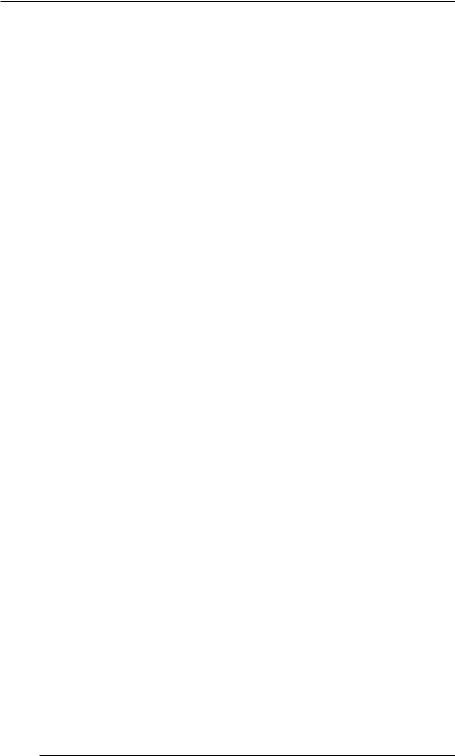
Chapter 17 - Wright Patman Exposes the Money Machine
entry on the credit side of the ledger when the loans are paid off; but the other half of this conjured $2 million – the interest – remains solidly in the coffers of the bank, and if any of the borrowers should default on their loans, the bank becomes the owner of the mortgaged property.
Instead of houses, let’s try it with the $100 million in Treasury bills bought by the Fed in a single day in the National Geographic example, using $100 million in book-entry money created out of thin air. At a reserve requirement of 10 percent, $100 million can generate $900 million in loans. If the interest rate on these loans is 5 percent, the $900 million will return $45 million the first year in interest to the banks that wrote the loans. At compound interest, then, a $100 million “investment” in money created out of thin air is doubled in about two years!
To Audit or Abolish?
The Fed reports that 95 percent of its profits are now returned to the U.S. Treasury.15 But a review of its balance sheet, which is available on the Internet, shows that it reports as profits only the interest received from the federal securities it holds as reserves.16 No mention is made of the much greater windfall afforded to the banks that are the Fed’s corporate owners, which use the securities as the “reserves” that get multiplied many times over in the form of loans. The Federal Reserve maintains that it is now audited every year by Price Waterhouse and the Government Accounting Office (GAO), an arm of Congress; but some functions remain off limits to the GAO, including its transactions with foreign central banks and its open market operations (the operations by which it creates money with accounting entities).17 Thus the Fed’s most important – and most highly suspect – functions remain beyond public scrutiny.
Wright Patman proposed cleaning up the books by abolishing the Open Market Committee and nationalizing the Federal Reserve, reclaiming it as a truly federal agency under the auspices of Congress. The dollars the Fed created would then be government dollars, issued debt-free without increasing the debt burden of the country. Jerry Voorhis also advocated skipping the middleman and letting the government issue its own money. But neither proposal was passed by Congress. Rather, Patman was removed as head of the House Banking and Currency Committee, after holding that position for twelve
168
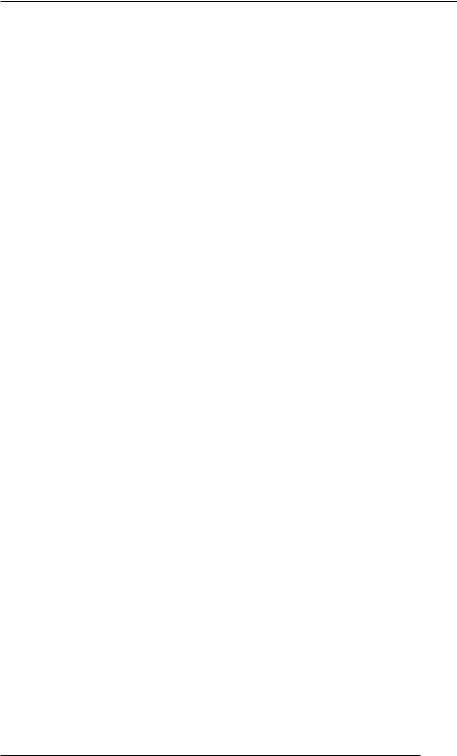
Web of Debt
years; and Voorhis lost the next California Congressional election to Richard Nixon, after being targeted by an aggressive smear campaign financed by the American Bankers’ Association.18
The Illusion of Reserves
At one time, a bank’s “reserves” consisted of gold bullion, which was kept in a vault and was used to redeem paper banknotes presented by depositors. The “fractional reserve” banking scheme concealed the fact that there was insufficient gold to redeem all the notes laying claim to it. Today, Federal Reserve Notes cannot be redeemed for anything but more paper notes when the old ones wear out; yet the banks continue to operate on the “fractional reserve” system, lending out many times more money than they actually have on “reserve.”
The reserve requirement itself is becoming obsolete. According to a press release issued by the Federal Reserve Board on October 4, 2005, no reserves would be required in 2006 for the first $7.8 million of net transaction accounts. At a zero percent reserve, there is no limit to the number of times deposits can be relent. There is really no limit in any case, as the New York Fed acknowledged on its website. After explaining the exercise in which a $100 deposit becomes $1,000 in loan money, it obliquely conceded:
In practice, the connection between reserve requirements and money creation is not nearly as strong as the exercise above would suggest. . . . [T]he Federal Reserve operates in a way that permits banks to acquire the reserves they need to meet their requirements from the money market, so long as they are willing to pay the prevailing price (the federal funds rate) for borrowed reserves. Consequently, reserve requirements currently play a relatively limited role in money creation in the United States.
It seems that banks can conjure up as much money as they want, whenever they want. If a bank runs out of reserves, it can just borrow them from other banks or the Fed, which creates them out of thin air in “open market operations.” That is how it seems; and to confirm that we have the facts straight, we’ll turn to that most definitive of all sources, the Federal Reserve itself . . . .
169
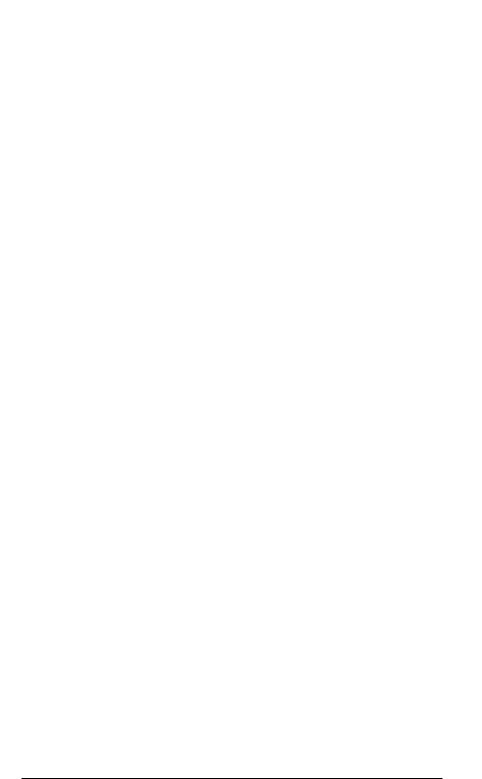
Web of Debt
Chapter 18
A LOOK INSIDE
THE FED’S PLAYBOOK
“I guess I should warn you, if I turn out to be particularly clear, you’ve probably misunderstood what I’ve said.”
–Federal Reserve Chairman Alan Greenspan
in a speech to the Economic Club of New York, 1988
“Modern Money Mechanics” is a revealing Federal Reserve manual that is now out of print, perhaps because it revealed too much; but it is still available on the Internet.1 It was published in
1963 by the Chicago Federal Reserve, which as part of the Federal Reserve system naturally wrote in Fedspeak, so some concentration is needed to decipher it; but the effort rewards the diligent with a gold mine of insider information. The booklet begins, “The actual process of money creation takes place primarily in banks.” The process of money creation occurs, it says, “when the proceeds of loans made by the banks are credited to borrowers’ accounts.” It goes on:
Of course, [banks] do not really pay out loans from the money they receive as deposits. If they did this, no additional money would be created. What they do when they make loans is to accept promissory notes in exchange for credits to the borrowers’ transaction accounts. . . . [T]he deposit credits constitute new additions to the total deposits of the banking system.
The bank’s “loans” are not recycled deposits of other customers; they are just “deposit credits” advanced against the borrower’s promise to repay. The booklet continues, “banks can build up deposits by increasing loans and investments.” They can build up deposits either by making loans of accounting-entry funds or by investing newlycreated deposits for their own accounts. (More on this arresting revelation later.) The Chicago Fed then asks, “If deposit money can be created so easily, what is to prevent banks from making too much?” It answers its own question:
171
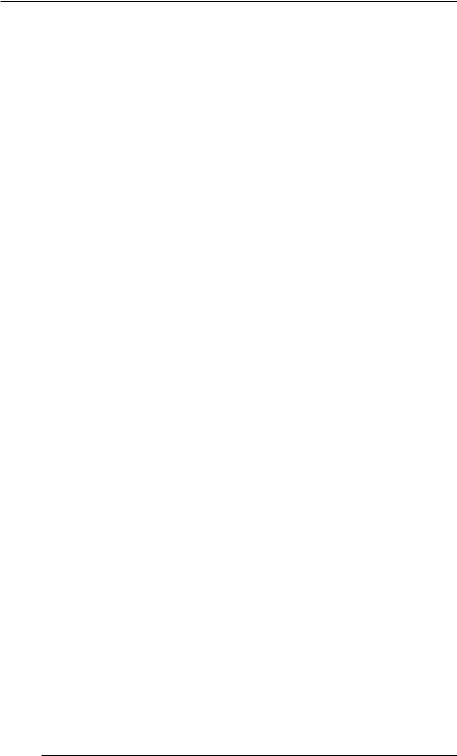
Chapter 18 - A Look Inside the Fed’s Playbook
[A bank] must maintain legally required reserves, in the form of vault cash and/or balances at its Federal Reserve Bank, equal to a prescribed percentage of its deposits. . . . [E]ach bank must maintain . . . reserve balances at their Reserve Bank and vault cash which together are equal to its required reserves . . . .
The implication is that the bank’s “reserves” are drawn from its depositors’ accounts, but a close reading reveals that this is not the case. The required reserves are made up of whatever vault cash the bank has on hand and something called “reserve balances maintained at their Reserve Bank.” What are these? Under the heading “Where Do Bank Reserves Come From?”, the Chicago Fed states:
Increases or decreases in bank reserves can result from a number of factors discussed later in this booklet. From the standpoint of money creation, however, the essential point is that the reserves of banks are, for the most part, liabilities of the Federal Reserve Banks, and net changes in them are largely determined by actions of the Federal Reserve System. . . . One of the major responsibilities of the Federal Reserve System is to provide the total amount of reserves consistent with the monetary needs of the economy at reasonably stable prices.
If the “reserves” had come from the depositors, the Fed would not have the “responsibility” of providing them “at reasonably stable prices.” They would already be in the banks’ vaults or on their books. Recall what the New York Fed said on its website: “[T]he Federal Reserve operates in a way that permits banks to acquire the reserves they need to meet their requirements from the money market, so long as they are willing to pay the prevailing price (the federal funds rate) for borrowed reserves.”
In short, banks don’t need to have the money they lend before they make loans, because the Fed will “provide” the necessary reserves by making them available at the federal funds rate. The banks borrow from the Fed or other banks at a low interest rate and extend credit to their customers at a higher rate. Where the sleight of hand comes in is that the Fed itself creates the reserves it lends out of thin air. (More on this shortly.)
That is one bit of sleight of hand. Another is that the loan of newlycreated money becomes a deposit, which the bank or its fellow banks can then relend many times over, multiplying the money supply and charging interest each time. A source that explains this in easier lan-
172
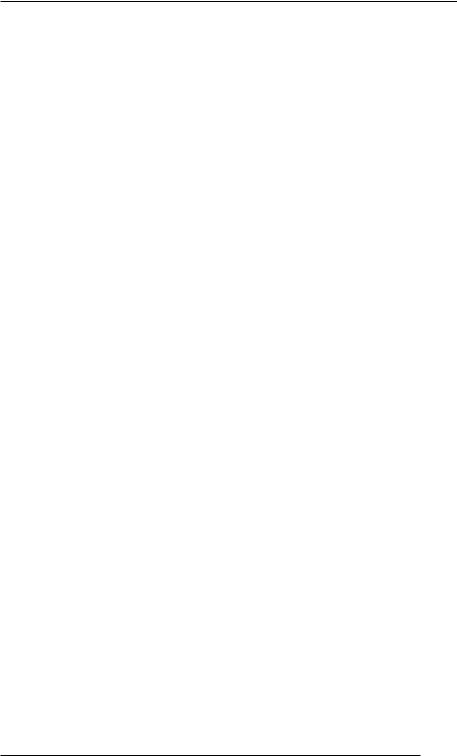
Web of Debt
guage than the Fed itself is the informative website by William Hummel cited earlier, called “Money: What It Is, How It Works.” He writes:
Banks with adequate capital can and do lend without adequate reserves on hand. If a bank has a creditworthy borrower and a profitable opportunity, it will issue the loan and then borrow the required reserves in the money market.2
He uses the example of a bank with $100 million in demand deposits and $10 million in reserves – just enough reserves to meet the reserve ratio of 10 percent (the approximate amount needed to pay any depositors who might come for their money). The bank plans to issue new mortgage loans totaling $5 million for a new housing development. Can it do so before it acquires more reserves? Hummel says it can. Why? Because the bank is allowed to enter the newly-created loan money as a deposit on its books. The bank’s assets and liabilities increase by the same amount, leaving its reserve requirement unaffected. When the borrower spends the money, it is transferred out of the bank into other banks, so the originating bank has to come up with new money to meet its reserve requirement; but it can do this by borrowing the money from the Fed or some other source in the money market. Meanwhile, the banks that got the $5 million now have new deposits against which they too can make new loans. Since they also need to keep only 10 percent in reserve to back these new deposits, they can lend out $4,500,000, increasing the money supply by that amount; and so the process continues.3
So let’s review: the bank lends money it doesn’t have, and this loan of new money becomes a “deposit,” balancing its books. (This is called “double-entry bookkeeping.”) When the borrower spends the money, the bank brings its reserves back up to 10 percent by borrowing from the Fed or other sources. As for the Fed itself, it can’t run out of reserves because that is what “open market operations” are all about. Like Santa Claus, the Fed can’t run out of reserves because it makes the reserves.
How this is done was explained by the Chicago Fed with the following hypothetical case. If it seems hard to follow or makes no sense, don’t worry; it is hard to follow and it doesn’t make sense, except as sleight of hand. The important line is the last one: “These reserves . . .
are matched by . . . deposits that did not exist before.” The Chicago Fed states:
How do open market purchases add to bank reserves and deposits? Suppose the Federal Reserve System, through its
173
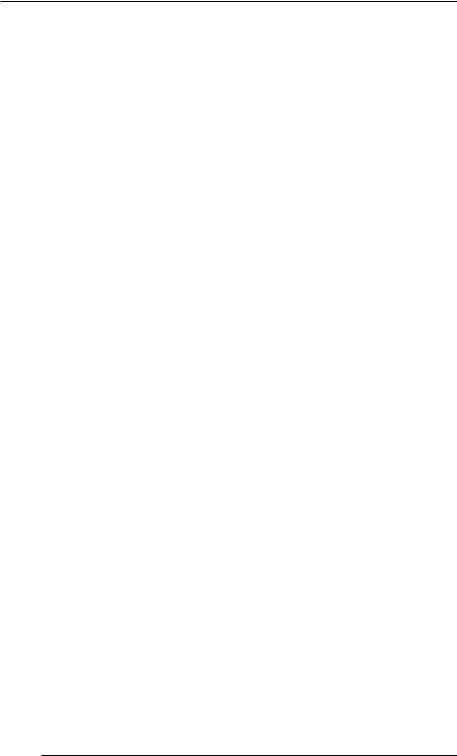
Chapter 18 - A Look Inside the Fed’s Playbook
trading desk at the Federal Reserve Bank of New York, buys $10,000 of Treasury bills from a dealer in U. S. government securities. In today’s world of computerized financial transactions, the Federal Reserve Bank pays for the securities with a “telectronic” check drawn on itself. Via its “Fedwire” transfer network, the Federal Reserve notifies the dealer’s designated bank (Bank A) that payment for the securities should be credited to (deposited in) the dealer’s account at Bank A. At the same time, Bank A’s reserve account at the Federal Reserve is credited for the amount of the securities purchase. The Federal Reserve System has added $10,000 of securities to its assets, which it has paid for, in effect, by creating a liability on itself in the form of bank reserve balances. These reserves on Bank A’s books are matched by $10,000 of the dealer’s deposits that did not exist before.
What happens after that was explained in an article by Murray Rothbard titled “Fractional Reserve Banking,” using a hypothetical that again is a bit easier to follow than the Fed’s. In his example, $10 million in Treasury bills are bought by the Fed from a securities dealer, who deposits the money in Chase Manhattan Bank. The $10 million are created with accounting entries, increasing the money supply by that sum; but this, says Rothbard, is “only the beginning of the inflationary, counterfeiting process”:
For Chase Manhattan is delighted to get a check on the Fed, and rushes down to deposit it in its own checking account at the Fed, which now increases by $10,000,000. But this checking account constitutes the “reserves” of the banks, which have now increased across the nation by $10,000,000. But this means that Chase Manhattan can create deposits based on these reserves, and that, as checks and reserves seep out to other banks . . . , each one can add its inflationary mite, until the banking system as a whole has increased its demand deposits by $100,000,000, ten times the original purchase of assets by the Fed. The banking system is allowed to keep reserves amounting to 10 percent of its deposits, which means that the “money multiplier” – the amount of deposits the banks can expand on top of reserves – is 10. A purchase of assets of $10 million by the Fed has generated very quickly a tenfold, $100,000,000 increase in the money supply of the banking system as a whole. Interestingly, all economists agree on the mechanics of this process even though they of course disagree sharply on the moral or economic evaluation of that process.4
174
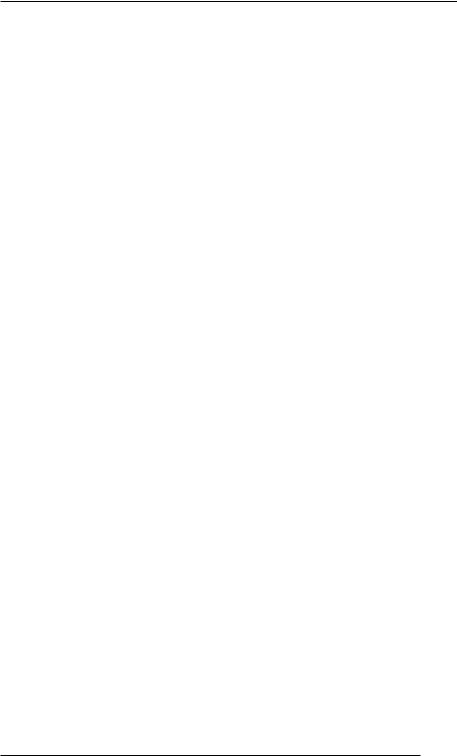
Web of Debt
In order to pull all this off, the Fed has had to alter the meaning of certain words. “Reserves” are not what the word implies – money kept in a safe to pay claimants. Reserves are accounting entries at Federal Reserve Banks that allow commercial banks to make many times those sums in loans. In an article titled “Money and Myths,” Carmen Pirritano writes that a “reserve account” is basically a second set of books kept at the Federal Reserve Bank. Thus in the Chicago Fed’s example, the dealer acquired federal securities from the government and tendered them to the Federal Reserve, which “paid” by crediting the dealer’s account, causing new money to magically appear as numbers at the dealer’s bank. This new “deposit” was then added to the bank’s “reserve balance” at its local branch of the Federal Reserve. These reserves were not “real” money kept at the commercial bank for paying depositors. They existed only as a liability on the Federal Reserve Bank’s books. Pirritano maintains that the reserve accounts kept at the Federal Reserve Bank are just a system for keeping track of how much money commercial banks create. There is no limit to this money expansion, which banks can engage in to whatever extent they can get customers to take out new loans. He observes:
“The Federal Reserve System Purposes and Functions” states that the Federal Reserve requires that all banks (as of 1980) must “hold a certain fraction of their deposits in reserve, either as cash in their vaults or as non-interest-bearing balances at the Federal Reserve.” The term “non-interest-bearing balances at the Federal Reserve” means that “Reserve Accounts” are nothing more than bookkeeping tallies representing the portion of the member banks’ deposit account balances that may be used as a base to extend new money creation credit. Member banks do not physically transfer (“deposit”) a percentage of their demand deposit account balances to their Reserve accounts at their Federal Reserve Bank branch. . . . I believe these “accounts” were designed to further the appearance of a gigantic system of “reserves” mandated by the Federal Reserve System to “force” prudent banking.5
Put less charitably, reserve accounts are a smoke and mirrors accounting trick concealing the fact that banks create the money they lend out of thin air, borrowing any “reserves” they need from other banks or the Fed, which also create the money out of thin air. Disturbing enough, but there is more . . . .
175
